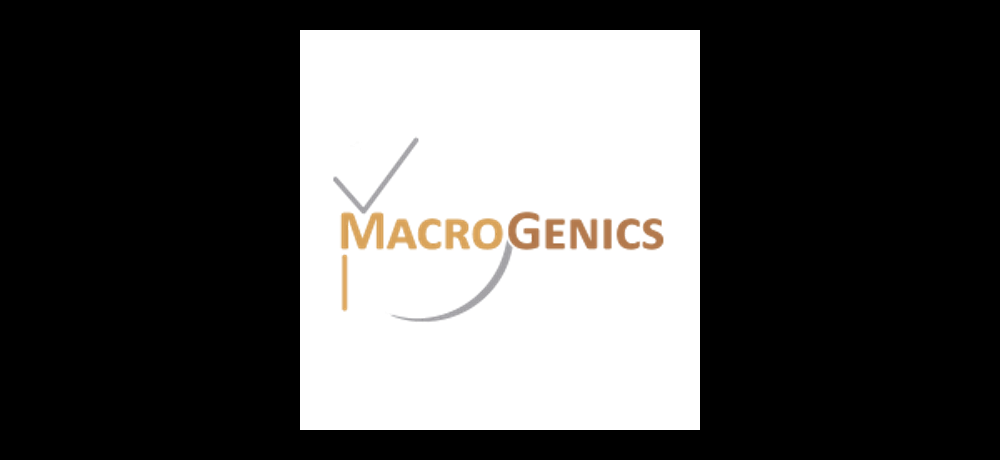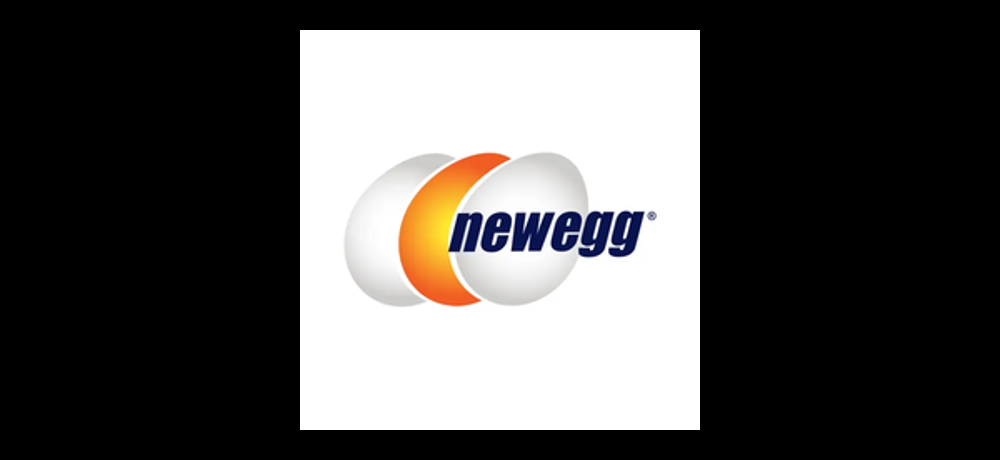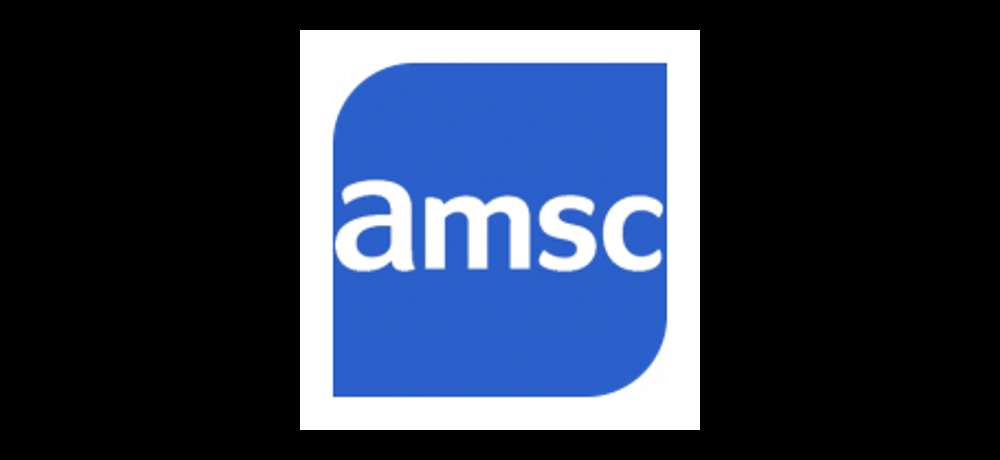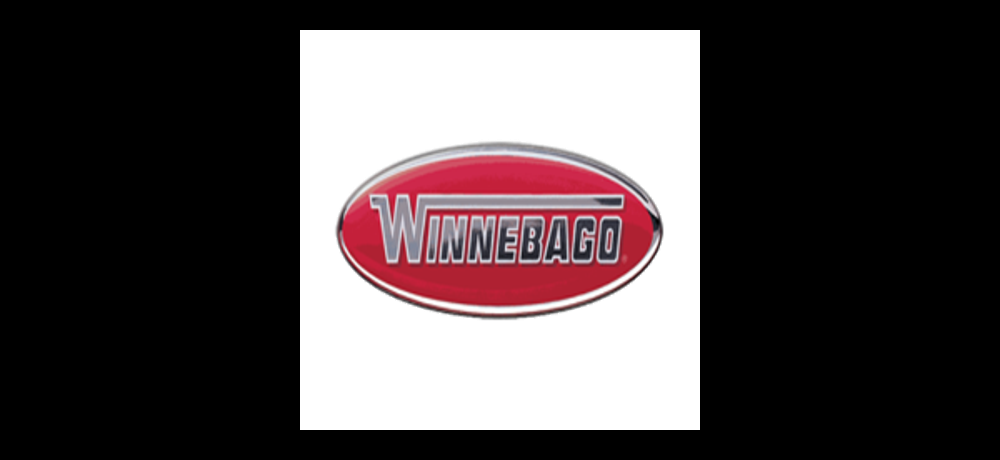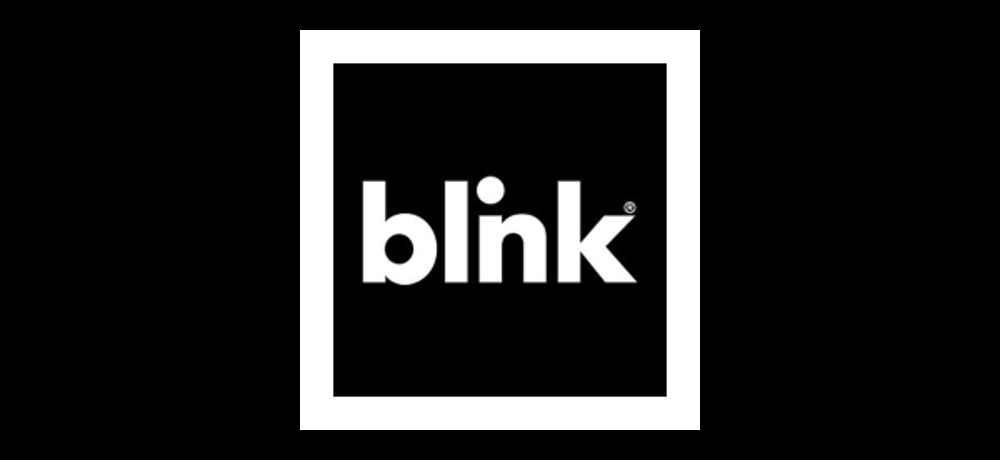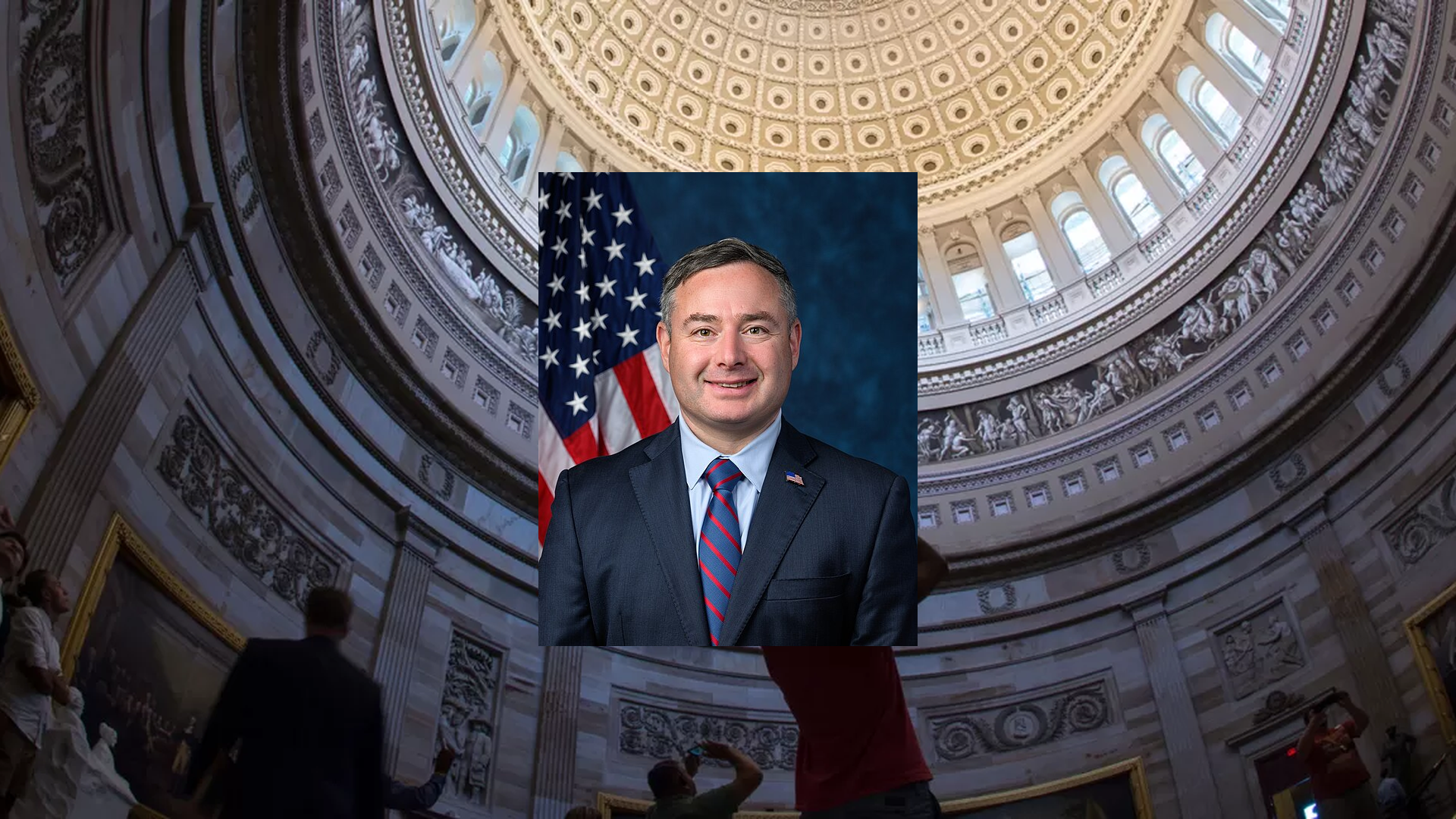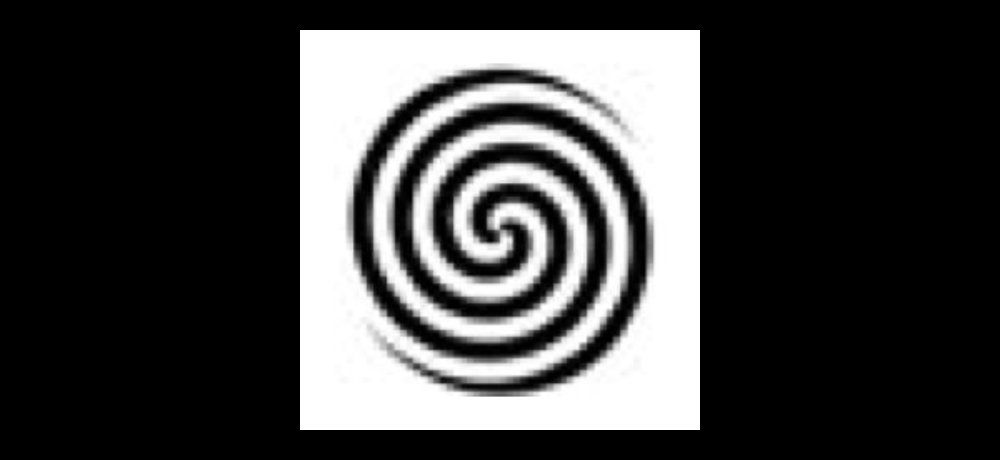Positive data from Phase 2 MaGic trial presented for claseprubart in generalized Myasthenia Gravis, including new open-label extension data further supporting potential for 300mg/2mL Q4W dosing
Phase 3 gMG trial planned to include QMG ≥ 10 screening criteria and two claseprubart treatment arms, 300mg/2mL Q2W and 300mg/2mL Q4W, vs. placebo anticipated to initiate in 2026
Additionally, new preclinical data highlight potential efficacy benefits of upstream (aC1s) vs. downstream (C5) complement inhibition
Virtual industry forum replay available
NEW YORK and WALTHAM, Mass., Oct. 29, 2025 (GLOBE NEWSWIRE) -- Dianthus Therapeutics, Inc. (Nasdaq: DNTH), a clinical-stage biotechnology company dedicated to developing next-generation therapies to transform the treatment of severe autoimmune diseases, today reviewed new data from the Phase 2 MaGic trial of claseprubart in generalized Myasthenia Gravis (gMG) presented during the Myasthenia Gravis Foundation of America (MGFA) Scientific Session of the American Association of Neuromuscular and Electromagnetic Medicine (AANEM) Annual Meeting .
During AANEM, Dr. Pushpa Narayanaswami, MD from Harvard Medical School presented the successful Phase 2 MaGic trial data for the first time at a medical conference. In addition, during a Virtual Industry Forum titled Upstream Targeting: Rethinking MG Treatment Through Active C1s Inhibition , new data were released, which included:
-
A robust MG-ADL decline at week 4 in the open-label extension (OLE) of -2.5 points and QMG score reduction of -3.2 points for patients on placebo during the RCT who received only two doses of claseprubart 600mg/4mL Q2W without a loading dose and achieved a PK level far below the steady state of 300mg/2mL Q2W, supporting potential for Q4W dosing of 300mg/2mL
-
A subgroup analysis of patients enrolled in the MaGic trial with a QMG score ≥10 at baseline which demonstrated an increase in MG-ADL treatment effect for 300mg/2mL Q2W to a 3-point difference from placebo
-
In vitro
data demonstrating the benefits of upstream (active C1s with claseprubart) vs. downstream (C5 with ravulizumab) inhibition in the prevention of pro-inflammatory split products C3a and C3b
“This post hoc analysis is driving our decision to add a QMG inclusion criteria and a 300mg/2mL S.C. Q4W arm, in addition to a Q2W arm, in our Phase 3 MG study,” said Simrat Randhawa, MD, MBA, Executive Vice President and Head of R&D of Dianthus Therapeutics. “Given the impressive Phase 2 data combined with the very encouraging post hoc data presented today, we are further motivated to rapidly proceed to Phase 3.”
The claseprubart data presented at AANEM and an archived webcast of the virtual industry forum titled Upstream Targeting: Rethinking MG Treatment Through Active C1s Inhibition, featuring an expert panel including Pushpa Narayanaswami, MD, Tuan Vu, MD, Stojan Peric, MD, PhD, Shahar Shelly, MD, are now available on the Dianthus Therapeutics website.
Agenda: Upstream Targeting: Rethinking MG Treatment Through Active C1s Inhibition
- Opening Remarks – Introduction to Dianthus Therapeutics and Claseprubart: Simrat Randhawa, MD, EVP and Head of R&D of Dianthus Therapeutics
- Clinical & Treatment Gaps: Tuan Vu, MD
- Panel Discussion Part 1: Clinical and Treatment Gaps
- C1s Inhibition Mechanism of Action (MoA) Animation
- Upstream Inhibition of Classical Pathway: Shahar Shelly, MD
- MaGic Phase 2 Data: Pushpa Narayanaswami, MD
- Panel Discussion Part 2: Feedback on MaGic Results and Potential of C1s Inhibition
- Closing Remarks – Phase 3 and Future Outlook: Simrat Randhawa, MD, EVP and Head of R&D of Dianthus Therapeutics
About Claseprubart (DNTH103)
Claseprubart is an investigational, clinical-stage, potent monoclonal antibody engineered to selectively target the classical pathway by inhibiting only the active form of the C1s protein, a clinically validated complement target. Claseprubart is enhanced with YTE half-life extension technology designed to enable a more convenient subcutaneous, infrequently dosed, self-administered injection. Additionally, selective inhibition of the classical complement pathway may lower patient risk of infection from encapsulated bacteria by preserving immune activity of the lectin and alternative pathways. As the classical pathway plays a significant role in disease pathology, claseprubart has the potential to be a best-in-class pipeline-in-a-product across a range of autoimmune disorders with high unmet need. Dianthus is building a neuromuscular franchise with claseprubart and expects to initiate a Phase 3 trial in gMG in 2026, the interim responder analysis of the Phase 3 CAPTIVATE trial in Chronic Inflammatory Demyelinating Polyneuropathy in 2H’26, and top-line data from the Phase 2 MoMeNtum trial in Multifocal Motor Neuropathy in 2H’26.
Claseprubart is an investigational agent that is not approved as a therapy in any indication in any jurisdiction worldwide.
About Dianthus Therapeutics
Dianthus Therapeutics, Inc. is a clinical-stage biotechnology company dedicated to developing next-generation therapies to transform the treatment of severe autoimmune diseases. Based in New York City and Waltham, Mass., Dianthus is comprised of an experienced team of biotech and pharma executives who aim to deliver transformative medicines for people living with severe autoimmune and inflammatory diseases.
To learn more, please visit www.dianthustx.com and follow us on LinkedIn .
Cautionary Statement Regarding Forward-Looking Statements
Certain statements in this press release, other than purely historical information, may constitute “forward-looking statements” within the meaning of the federal securities laws, including for purposes of the safe harbor provisions under the United States Private Securities Litigation Reform Act of 1995, express or implied statements regarding future plans and prospects, including statements regarding the expectations or plans for discovery, preclinical studies, clinical trials and research and development programs, in particular with respect to claseprubart, and any developments or results in connection therewith, including the target product profile and administration of claseprubart; the anticipated timing of the initiation and results from those studies and trials; expectations regarding the clinical trial design for the Phase 3 trial for claseprubart in gMG; expectations regarding the time period over which the Company’s capital resources are expected to be sufficient to fund its anticipated operations; and expectations regarding market size, patient population size, and potential opportunities for complement therapies, in particular with respect to claseprubart. Claseprubart is an investigational agent that is not approved as a therapy in any indication in any jurisdiction worldwide. The words “opportunity,” “potential,” “milestones,” “runway,” “will,” “anticipate,” “achieve,” “near-term,” “catalysts,” “pursue,” “pipeline,” “believe,” “continue,” “could,” “estimate,” “expect,” “intend,” “may,” “might,” “plan,” “possible,” “predict,” “project,” “should,” “strive,” “would,” “aim,” “target,” “commit,” and similar expressions (including the negatives of these terms or variations of them) generally identify forward-looking statements, but the absence of these words does not mean that statement is not forward looking.
Actual results could differ materially from those included in the forward-looking statements due to various factors, risks and uncertainties, including, but not limited to, that preclinical testing of claseprubart and data from clinical trials may not be predictive of the results or success of ongoing or later clinical trials, that the development of claseprubart or the Company's other compounds may take longer and/or cost more than planned, that the Company may be unable to successfully complete the clinical development of the Company’s compounds, that the Company may be delayed in initiating, enrolling or completing its planned clinical trials, and that the Company's compounds may not receive regulatory approval or become commercially successful products. These and other risks and uncertainties are identified under the heading "Risk Factors" included in the Company’s Annual Report on Form 10-K for the period ended December 31, 2024, and other filings that the Company has made and may make with the SEC in the future. Nothing in this press release should be regarded as a representation by any person that the forward-looking statements set forth herein will be achieved or that any of the contemplated results of such forward-looking statements will be achieved.
The forward-looking statements in this press release speak only as of the date they are made and are qualified in their entirety by reference to the cautionary statements herein. Dianthus undertakes no obligation to publicly update or revise any forward-looking statement, whether as a result of new information, future events or otherwise, except as required by law.
Contact
Jennifer Davis Ruff
Dianthus Therapeutics
[email protected]














